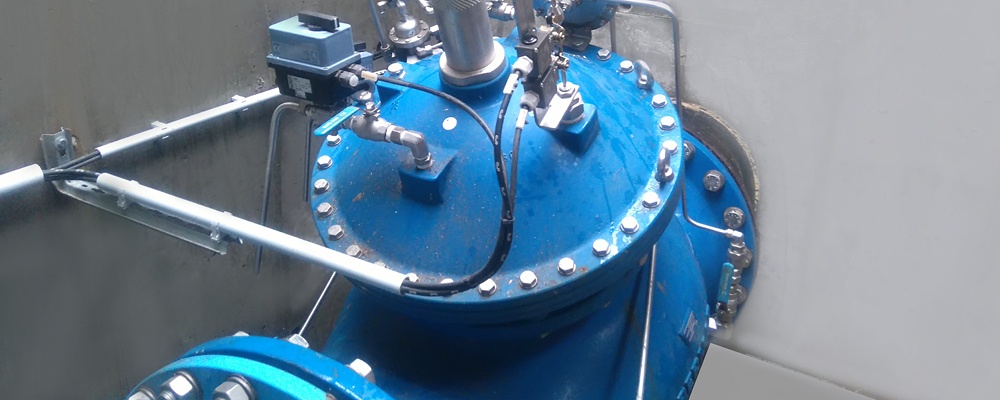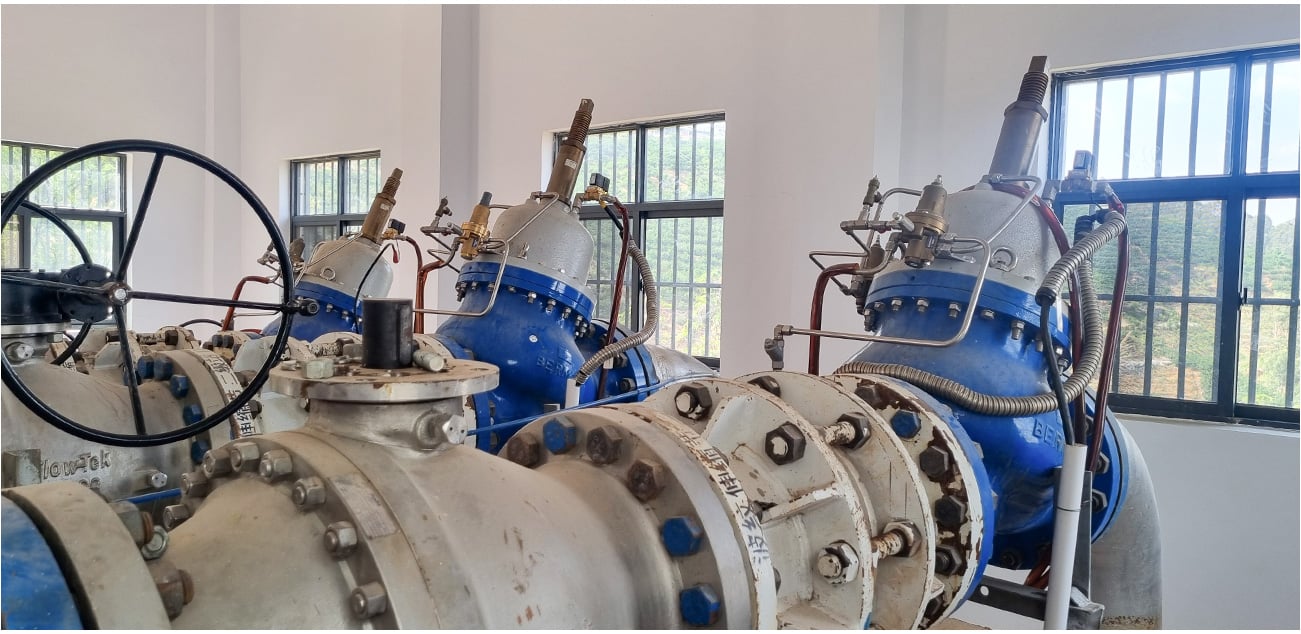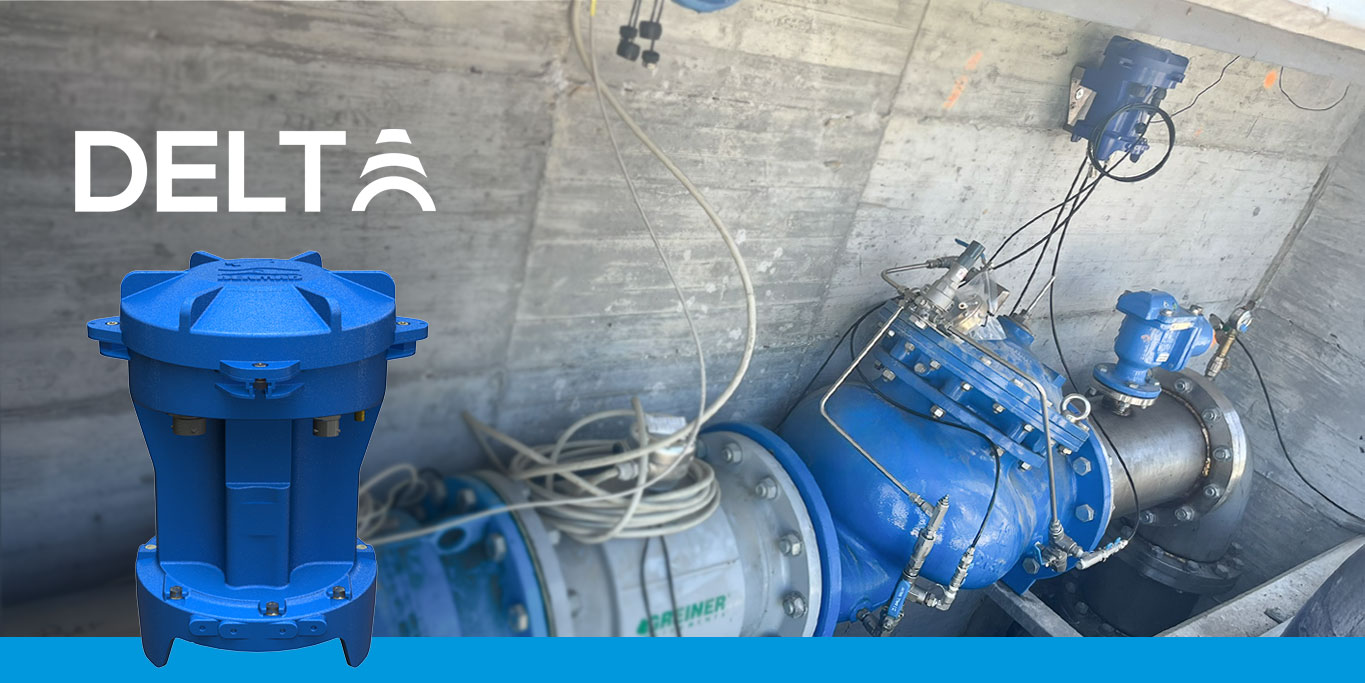What’s the connection between control valves and smooth take-offs and landings at Berlin Brandenburg Airport?
The Berlin Brandenburg Airport is a 14.7 km2 airport that is situated 18 km south of Berlin, Germany, and is currently under construction. The 6.8-billion-euro project began in 2006 and includes two parallel runways, a six-floor passenger terminal, a 32-meter observation tower, and a museum and gift shop. The facility is designed to handle about 65 aircrafts, with a passenger capacity of up to 27 million per year. The airport is expected to open in autumn 2020.
The Challenge
The airport’s water system includes two main 24” water supply lines, with a designed flow rate of 200-1,000 m3/h and a working pressure of 6.5 bar. In light of the fact that the main lines pass below the runways, a solution was required to ensure that in the event of a burst in one of the lines, there would be no danger of the runways being flooded and causing disruption to runway activity. In addition, the planning requirements also included bi-directional flow in both water supply lines, as well as full control of these water supply lines from a central control room.
The BERMAD Solution
BERMAD rose to the challenge by offering a unique solution that would enable the shutting down and cutting off of the water supply to these lines under the runway in the event of burst. The solution involved the installation of two 24” BERMAD 790 Burst Control Valves in each water main on both sides of the runway.
Each valve is fitted with a hydraulic sensor device that detects a burst in the water supply line. As soon as one of the valves detects such an event, it immediately shuts down the line and disconnects it from the water supply. The valve installed on the opposite side also performs an immediate action to prevent any backflow to the burst segment. The valve operation is hydraulically automatic and is not dependent on an external energy source. In addition, each of the valves is equipped with an electric unit to enable it to be remotely controlled.
The valves were commissioned in 2011. To ensure reliability of the complete solution in the event of a burst, burst conditions were simulated by discharging the pipe into the atmosphere. For this purpose, a 16” hydrant and flow meter were specially prepared to enable the testing and calibration.
The Results
Water supply to the Berlin Brandenburg Airport is now in place. As a result of the successful installation and proper calibration of the four BERMAD 790 Burst Control Valves, the airport runways are now protected from potential flood and physical damage in case of burst in water supply lines.
In addition, as the valves are normally in "stand-by" mode, they need to be routinely checked and tested to ensure they will function properly when needed. As part of these routine checks, the valves were recently tested (six years after they were commissioned) by operators with the support of a BERMAD application engineer and the valves are working seamlessly.














